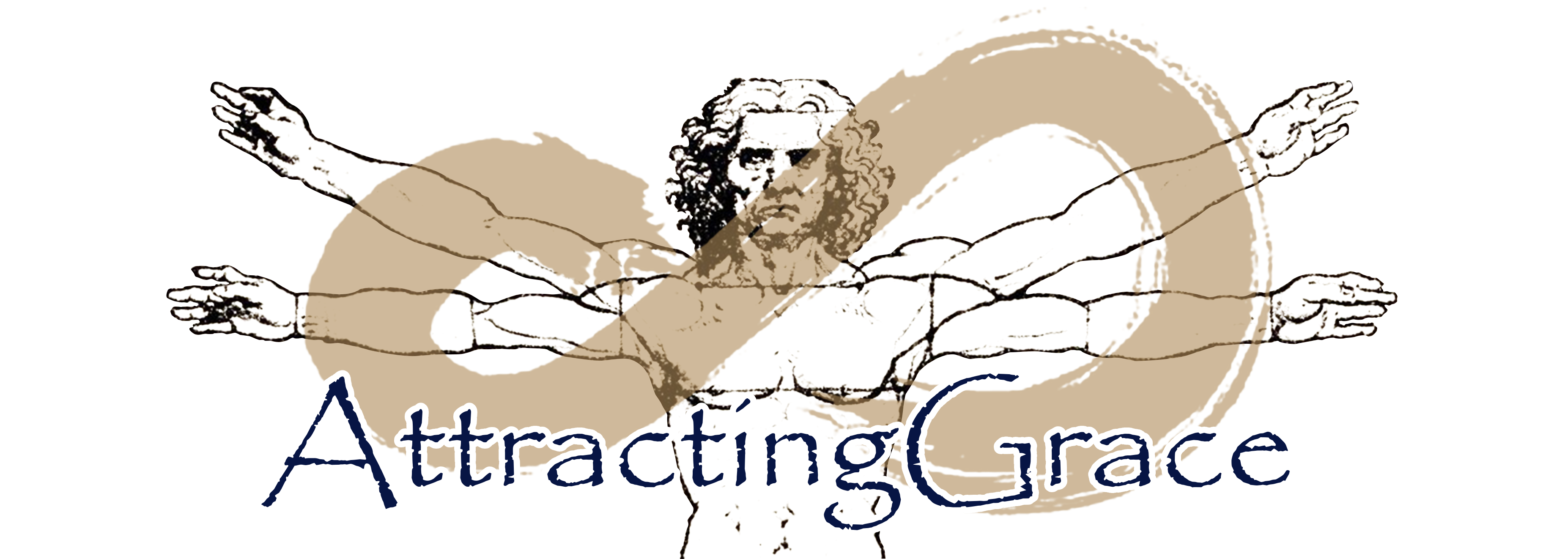
Do I go this way or that?
Oh…but what if it makes me fat?
How do I go about that?
Look over there; she’s got it pat!
Wait…now what am I thinking?
Was that a memory…or am I blinking?
Over there, over here, it’s tinkling!
Grab the umbrella; oops, now it’s sinking.
None of this makes any sense.
My mind is a monkey jumping a fence!
Gotta get calm…but I still need that mint.
Seriously, someone get this brain a flint!
Deep breath in, now present and complete.
Overthinking mind; take a seat.
Tame the monkey, slow those beats.
Clarity is where calmness meets.
Why Overthinking Happens: Fear in Disguise
Overthinking affects more than 73% of young adults aged 25-35, according to the Journal of Abnormal Psychology. But what fuels this mental whirlwind?
One word: FEAR.
- Fear of not being enough.
- Fear of failure.
- Fear of mistakes, insignificance, or rejection.
The list goes on. And one thing amplifies it all:
The Law of Attraction – Friend or Foe?
The Law of Attraction dictates that what you focus on grows. Overthinking fixates on worst-case scenarios, creating a runaway train of fear-filled thoughts. If you’re looking for law of attraction tips, remember that it activates quickly:
- 16-17 seconds: That’s how fast a thought gains momentum.
- 68 seconds: Enough time for it to spiral into a belief.
Before you know it, your stream of thoughts derails your plans for manifestation success stories and keeps you locked in self-doubt rather than progress.
My Journey: Breaking Free from the Thinking Addiction
In my personal transformation journey, I realized that I was grossly addicted to thinking, so much so that I could not even hear or recognize my thoughts anymore. They had become automatic patterns within me, completely unconscious.
When I became conscious of this addiction, my first instinct was to “fix” it. I tried meditating, creating affirmations, attending seminars, and following every spiritual growth program I could find, only to discover that it was making things worse.
One issue would go away, just for another to pop up.
Eventually, I understood the truth: I was addicted to my mind and had alienated my body. This imbalance left me vulnerable to mental illness. I had a hard time distinguishing my emotions, a result of years of fear and trying to “think” my way to happiness.
My overthinking habits fed childhood wounds, including:
- The need to control.
- The need to be right.
- The need to be perfect.
These tendencies led to resentment and inauthenticity.
In a nutshell, I had thought my way out of my real self to the point that I lost her. But I have found the light through mindfulness practices, and I am sharing this with you, dear reader, in the hopes that I may save another troubled soul.
Since I began surrendering to the present moment being mindful and focusing on self-awareness tools, I have reduced my mental illness symptoms and even begun to reverse my childhood disability: deafness. It has been a real miracle.
Why We Get Stuck: Childhood Programming
Many fears originate from childhood trauma or stress, embedding themselves as unconscious beliefs. These hidden fears become “anchors” until they’re released using emotional freedom techniques or deep reflection.
But here is the paradox: when we overthink, we try to “out-think” the very fears that overwhelm us.
“If I try this… it might work! Nope, let me try that… still not working.”
This endless loop keeps us stuck. Albert Einstein said it best:
“Insanity is doing the same thing over and over again, expecting different results.”
The real personal growth begins when you choose to change how you focus, not just what you focus on.
Your Way Out: The Power of Presence
How do you stop a train going 200 miles an hour?
You cannot stop it abruptly, you must slow it down.
The antidote to overthinking is presence. By redirecting your focus from your mind to your body, you reclaim your power. Presence breaks the trance of fear-driven thoughts and calms your inner world.
“Be still and know that I am God.” – Psalm 46:10
3 Simple Ways to Practice Presence
1. Conscious Breathing
No need to count your breaths, just observe.
- Feel the cool air entering your nostrils.
- Follow the sensation as it fills your lungs.
- Notice the warmth as you exhale.
Do this for 2-3 breaths or longer. Let the simplicity of observation calm your mind. This is one of the simplest yet most effective mindfulness practices to transform your daily life.
2. Heartbeat Awareness
Focus your attention on the rhythm of your heartbeat:
- Feel the subtle thump in your chest.
- Observe the expansion and contraction.
- Let gratitude fill you for the quiet work your heart does to keep you alive.
This small practice supports inner wisdom guidance and strengthens your connection to the present moment.
3. Mindful Moments
Turn everyday tasks into mindfulness exercises.
For example, while washing your hands:
- Notice the water temperature.
- Feel the texture of the soap.
- Observe the transition from slimy to foamy, wet to dry.
These self-discovery exercises anchor you in the now. Incorporating small positive mindset habits into your day builds calm, self-trust, and resilience.
Final Thought: Unlocking Calm Amid Chaos
Overthinking may feel like an unstoppable force, but you are not powerless. The train of fear-filled thoughts only moves when you fuel it with your focus.
Redirect your attention, slow the momentum, and watch as the chaos fades into calm.
Presence is your superpower.
When you anchor yourself in your breath, your heartbeat, or the simple acts of living, you remind yourself:
“I am not my thoughts—I am the awareness behind them.”
So, the next time your mind jumps the fence… take a breath. Take your seat. And watch as clarity greets you where calmness meets.

Ready to break free from overthinking? Connect with Attracting Grace today and discover powerful tools to reclaim your calm and clarity!
Learn more about Nicole by visiting IAmNicoleReina.com
Looking for fresh content?
Get articles and insights from our weekly newsletter.
Get a Free Copy Today!
